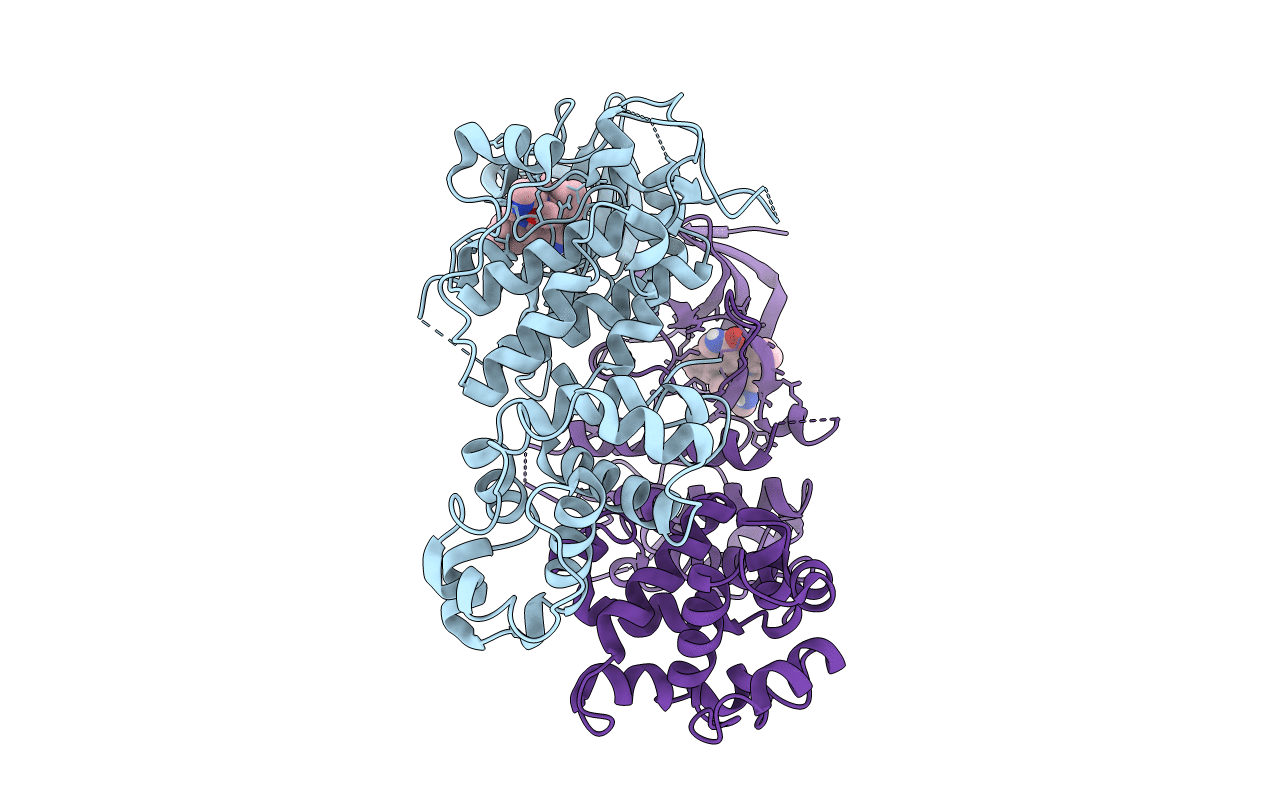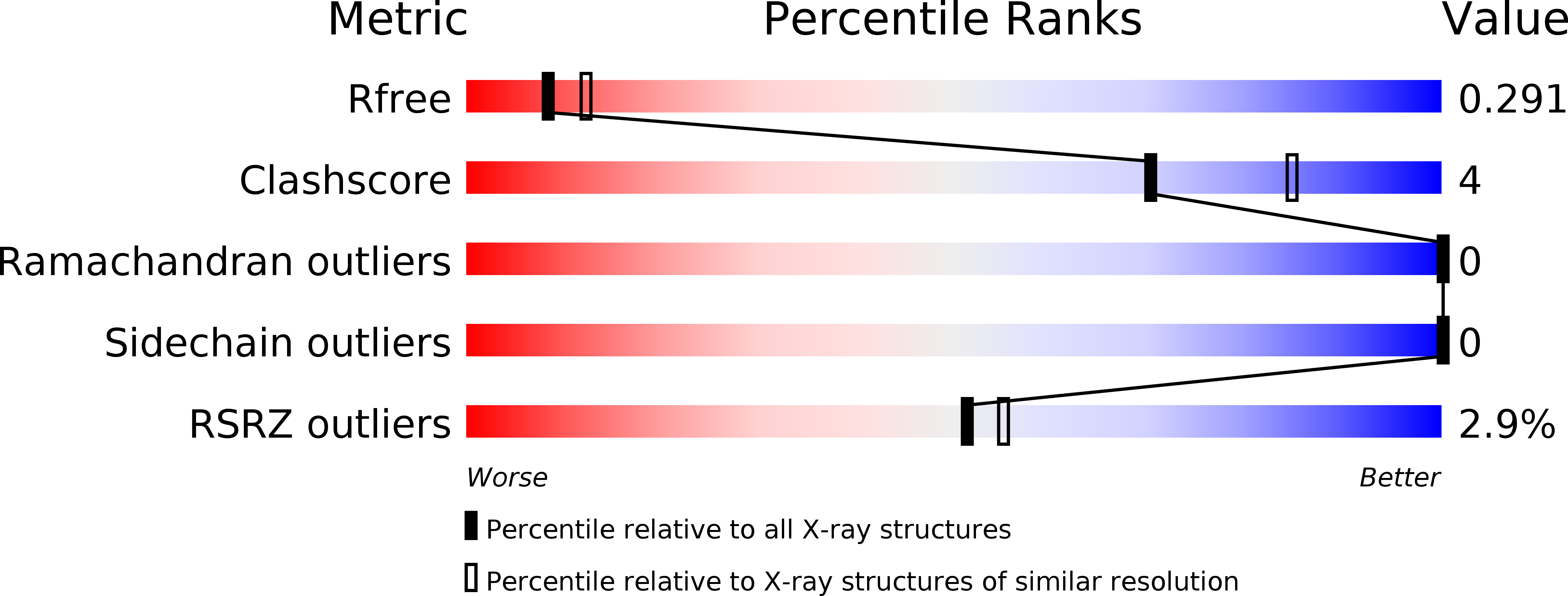
Deposition Date
2015-03-24
Release Date
2015-11-11
Last Version Date
2024-11-06
Entry Detail
PDB ID:
4YZC
Keywords:
Title:
Crystal structure of pIRE1alpha in complex with staurosporine
Biological Source:
Source Organism:
Homo sapiens (Taxon ID: 9606)
Host Organism:
Method Details:
Experimental Method:
Resolution:
2.49 Å
R-Value Free:
0.28
R-Value Work:
0.24
R-Value Observed:
0.24
Space Group:
P 21 21 21


